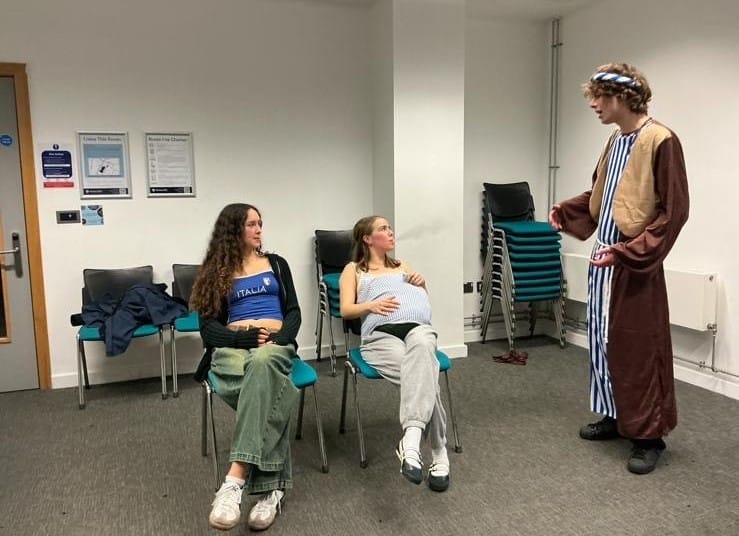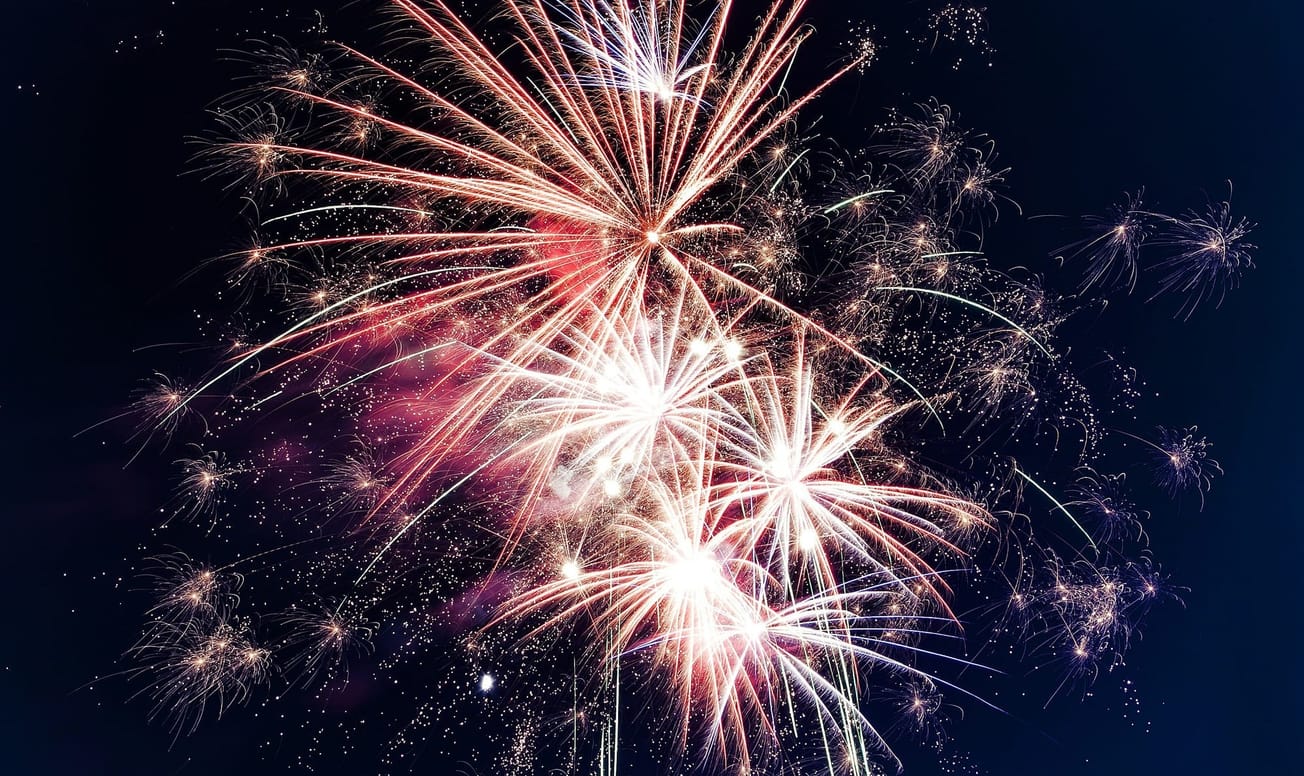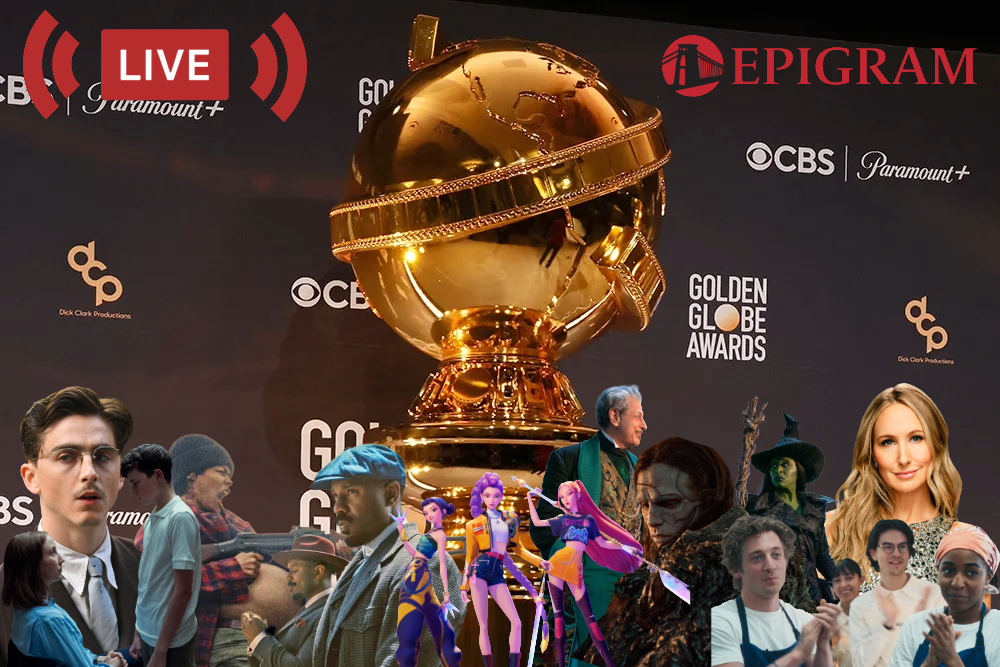Bristol has been my home for the last five years and it has, to my delight, transformed in front of my eyes. In my first year of University my accommodation overlooked Colston Avenue, an area I, admittedly and somewhat cluelessly, knew little about or who it was named after. Fast forward to my third year, my graduation in Bristol cathedral was overlooked by Colston himself, immortalised in the form of a glass stained window. It was a poignant moment that marked my journey from ignorance to awareness as the city had taught me exactly who the slave trader/philanthropologist (seems like a crazy juxtaposition to even write down) was.
So what are the links between Edward Colston and the University of Bristol? There is a brief section on the University’s website that acknowledges their ties with Colston that does directly state, “He was directly involved in the transatlantic trafficking of enslaved Africans.” The stark admission raises the question: if the university is willing to assert this uncomfortable truth on its official platform in a gloating manner, why has it taken until 2024 to address the glaring presence of the Colston logo on its crest? Perhaps the removal of this emblematic figure, nestled out of all our reaches atop the Wills Memorial Building, is a task both symbolic and physically demanding, underscoring the challenges associated with dismantling the lingering vestiges of colonialism and slavery.
Professor Welch announced the decision in 2023:
“We will remove the emblem from the logo. The sun symbol of the Wills family and the horse emblem of the Frys will remain, reflecting the wider decision around retaining building names.”
Is this enough? Will’s and Fry’s also provided the University with slave-profited money so why isn’t that being further discussed? Personally tied to this legacy, my family, like many Bristolians, has a history intertwined with Wills. From my Great-Grandfather to my Great-Uncles and Aunties, their livelihood came from making cigarettes for Wills. The perks, including a weekly allowance of cigarettes and free dental care, were paradoxically generous. My great aunt nostalgically claims, “Wills were a big part of my life. Xx”, spoken like a true Bristolian. To know my life personally, as well as Bristol, has benefited because of Wills gives me an unnerving feeling. However, not quite as much as the thought of the University giving into the societal pressures evoked by the BLM movement. There was a petition in 2017 to change the name of Will’s memorial building that obviously, was not passed. Would the outcome have been different if Will’s was named Colston's Memorial Building? The selective response to political backlash becomes evident and the complex interplay between history, legacy, and societal pressures prompts reflection on how institutions navigate these intricate decisions. In a few years if the Sculpture of Henry Overton Wills III that lies near the entrance is thrown in the harbour will we be granted with the removal of the sun symbol then?
Of course the argument of “but it’s history!”, will forever rattle in our juvenile and complete hearing ears but ultimately, is it beneficial for us to keep the names of these colonisers on our most prestigious institutions when the way myself and so many others were educated on them was through the discussion of changing them? The Colston statue, rather than destroyed, now lives in a permanent exhibition in M Shed with a plaque that details the accurate history, rather than standing prominent in
the heart of town celebrating and glorifying his infamous legacy. In reply, always answer, “yes, and I want to be on the right side of history.”
I was there the day the Colston Statue was pulled down 7th June 2020. In a sea of covid masks and chaos in the air, alongside my cousin publicly urinating in the general madness - there was a feeling of change brewing. A friend from University who will be anonymised for obvious reasons helped with the removal of the statue and faced, unjustly, community service due to their involvement. Tom Little QC, for the Attorney General's Office, recalled it "a violent act". In a world which the damage of an inanimate object is described as ‘violent’ rather than the brutalities of slave trade - how can one argue that the removal from the Universities Logo is anything but for the better? How can we be complicit with that? With other institutions such as Bristol Beacon, Montpelier High School and Beacon Tower all removing their ties with Colston, the only question is: What took the University so long?









